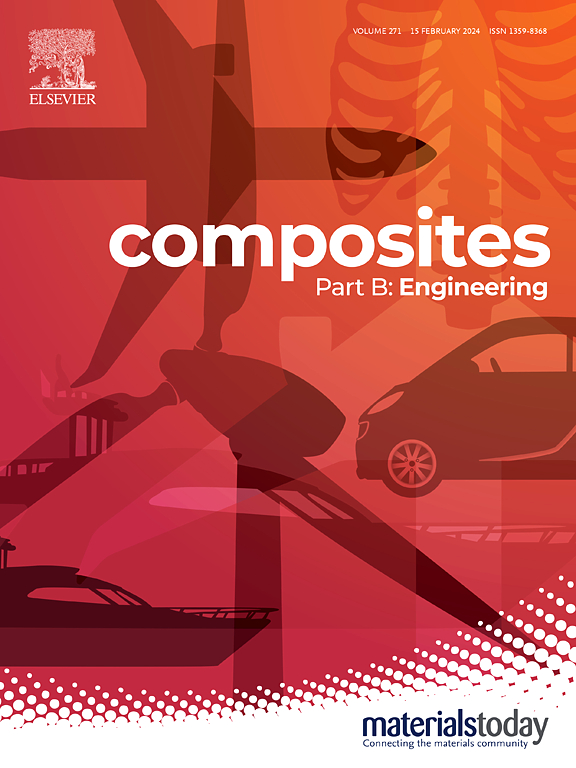Manganese empowered electronic modulated nanocatalysts facilitate bone reconstruction via osteoclastogenesis inhibition and osteogenesis activation bistimulatory strategy
IF 12.7
1区 材料科学
Q1 ENGINEERING, MULTIDISCIPLINARY
引用次数: 0
Abstract
Reactive oxygen species (ROS) mediated redox imbalance stands as an important factor contributing to the pathological bone loss, which is characterized by osteoclast hyperactivation and inflammatory activation. Developing ROS-scavenging nanocatalysts emerges as an intriguing strategy to regulate redox balance and bone homeostasis. Herein, this study reveals that Mn-atom-modulation strategy could introduce oxygen vacancy defects and further regulate electronic structure of CeO2 nanocatalysts with an increased ratio of Ce3+/Ce4+ (named Mn@CeO2), which promote electron redistribution and enhance comprehensive ROS-scavenging performances. Consequently, the Mn@CeO2 nanocatalysts show significant inhibition of osteoclastogenesis activity and ameliorate the inflammatory state through the NF-κB and MAPK pathways. Notably, exogenous supplementation of Mn element can promote the osteogenesis activation through the Wnt/β-catenin pathway. Both in vitro/vivo evaluations, this proposed bistimulatory strategy significantly facilitate pathological bone reconstruction via macrophage polarization, osteoclastogenesis inhibition, and osteogenesis activation. This work not only proposes versatile nanocatalysts for pathological bone therapy but also provides novel solution to develop biocatalytic metal oxides through rational regulation of electronic structure.
求助全文
约1分钟内获得全文
求助全文
来源期刊

Composites Part B: Engineering
工程技术-材料科学:复合
CiteScore
24.40
自引率
11.50%
发文量
784
审稿时长
21 days
期刊介绍:
Composites Part B: Engineering is a journal that publishes impactful research of high quality on composite materials. This research is supported by fundamental mechanics and materials science and engineering approaches. The targeted research can cover a wide range of length scales, ranging from nano to micro and meso, and even to the full product and structure level. The journal specifically focuses on engineering applications that involve high performance composites. These applications can range from low volume and high cost to high volume and low cost composite development.
The main goal of the journal is to provide a platform for the prompt publication of original and high quality research. The emphasis is on design, development, modeling, validation, and manufacturing of engineering details and concepts. The journal welcomes both basic research papers and proposals for review articles. Authors are encouraged to address challenges across various application areas. These areas include, but are not limited to, aerospace, automotive, and other surface transportation. The journal also covers energy-related applications, with a focus on renewable energy. Other application areas include infrastructure, off-shore and maritime projects, health care technology, and recreational products.
 求助内容:
求助内容: 应助结果提醒方式:
应助结果提醒方式:


